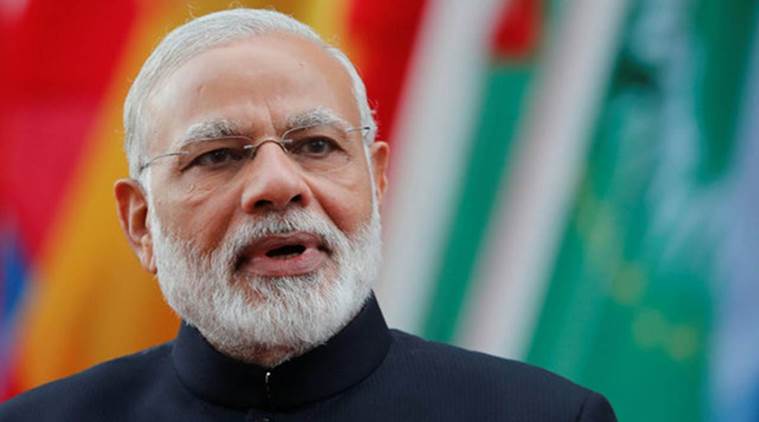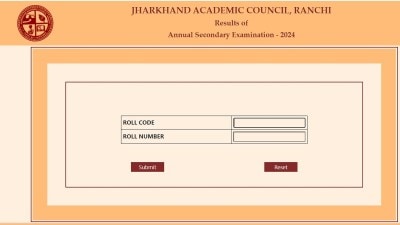- India
- International
Promises yet to keep
Other than the bankruptcy law and GST, NDA government’s record on economic reforms needs improvement and fine-tuning.
 Prime Minister Narendra Modi. (Reuters photo)
Prime Minister Narendra Modi. (Reuters photo)
When Narendra Modi became the country’s prime minister, it was widely believed that he would bring about big-bang economic reforms. With his government well past the halfway mark, what reforms has the PM really been able to bring about? What does the government’s overall reform record look like? The two real economic reforms have been the bankruptcy law reform and, to a lesser extent, the adoption of the GST. The bankruptcy law reform is expected to get rid of non-performing assets of banks and stimulate risk taking, entrepreneurship and, in turn, economic growth. This reform is potentially a game changer, if implemented well.
The GST is a distant second. Despite the PM calling it a “good and simple tax,” it has taken a very complex form, with seven different rates. In principle, the GST, which, unlike demonetisation, has been carefully vetted over many years, is a great idea. However, it has succumbed, in its implementation, to the Indian bureaucracy’s penchant for complexity.
Looking at the different rates applied, there seems very little method to the madness. There is, for instance, a much lower tax rate on gold (3 per cent) than on notebooks (12 per cent). Similarly, the tax rate on shaving cream (28 per cent) is much higher than on ghee (12 per cent), as if the consumption of the latter is more essential than the use of the former for one’s well-being. It is not clear whether the objective of the GST schedule is raising revenues or addressing inequality or both.
Following in the footsteps of demonetisation, the GST is also trying to achieve multiple objectives simultaneously, violating the famous basic economic principle of at least as many policy instruments as policy goals. Besides, the multiplicity of rates encourages lobbying, as was pointed out, in the case of import duties, in research by Arvind Panagariya with Harvard’s Dani Rodrik in the 1990s. The GST’s complexity also adds to the bureaucracy’s power, especially over small businesses. Nevertheless, the government deserves considerable credit for pushing through this reform, which can be improved and fine-tuned over time.
However, these reforms have been more than offset by certain ill-conceived policies, such as demonetisation and, subsequently, the so-called “election finance reforms” or “tax reforms,” sneaked into a money bill. The new election finance laws, while digitising campaign contributions, do nothing about increasing transparency. In fact, for corporations the political contributions cap was done away with, anonymity was fully permitted, thereby making capture of the regulatory process by corporate interests easier. In addition, tax inspectors have been empowered to conduct raids and searches, without providing any reason. Such changes are making way for the comeback of the “license-permit-inspector raj”.

What about international trade, which has been recognised as an important engine of growth in the NITI Aayog’s Action Agenda (AA)? In fact, right after taking office, the Modi administration joined Bolivia, Cuba and Venezuela in efforts to derail the Trade Facilitation Agreement at the World Trade Organisation, thereby signaling its lack of commitment to trade reforms.
The AA emphasises the importance of export growth in job creation and recommends special coastal economic zones with flexible labour regulations. However, the progress on labour reforms has been slow. Recognising the political obstacles at the national level, the government’s approach so far has been to encourage states to make labour law amendments, labour being in the Constitution’s concurrent list. These amendments have to be approved by the president, based on the advice and recommendation of the Union cabinet.
Indeed, we have recently seen initiation of labour reforms through this process in Rajasthan and Madhya Pradesh. Note, however, that this provision has always existed in the books. State governments over the last several decades have used it to bring about both pro-employer and pro-employee changes in labour regulations. Now a more aggressive departure from the past in bringing about labour reforms is needed. Otherwise, effective labour costs in India will continue to remain above those in other Asian countries, preventing the expansion of labour-intensive industries to create new jobs. The cautious approach to these reforms, recently advocated by the finance minister, will not be good enough for the success of Make in India.
That India has a long way to go before it becomes an attractive place for businesses to produce for export is evident from the fact that it is ranked 130 out of 190 countries in the “ease of doing business”. One of the prime reasons, it turns out, is India’s inefficient judicial system, that leads to poor contract enforcement. The government needs to realise that its push for digitisation is most needed for the judicial system, primarily in the form of electronic case registration and management. Besides, the overworked judiciary needs to be expanded. We have seen no progress on these reforms.
The Modi government’s performance on economic reforms has, at best, been mixed. There have, of course, been other initiatives that are repackaged and relabeled versions of UPA-initiated schemes, for example, Swachh Bharat Abhiyan (Nirmal Bharat Abhiyan under the UPA). And, of course, the government has been smart enough to give the UPA’s Aadhaar initiative a big push (even though the BJP had earlier opposed it).
If the government is serious about exports and jobs, a bolder approach needs to be taken on labour reforms. But, as explained above, equally important are judicial reforms. The PM should try to sell his reforms directly to the people, to break the constraint imposed by the absence of a majority in the Upper House. But such advice might fall on deaf ears, since, as seen with demonetisation, bad economics often makes for very good politics.
EXPRESS OPINION
More Explained
Apr 19: Latest News
- 01
- 02
- 03
- 04
- 05









































